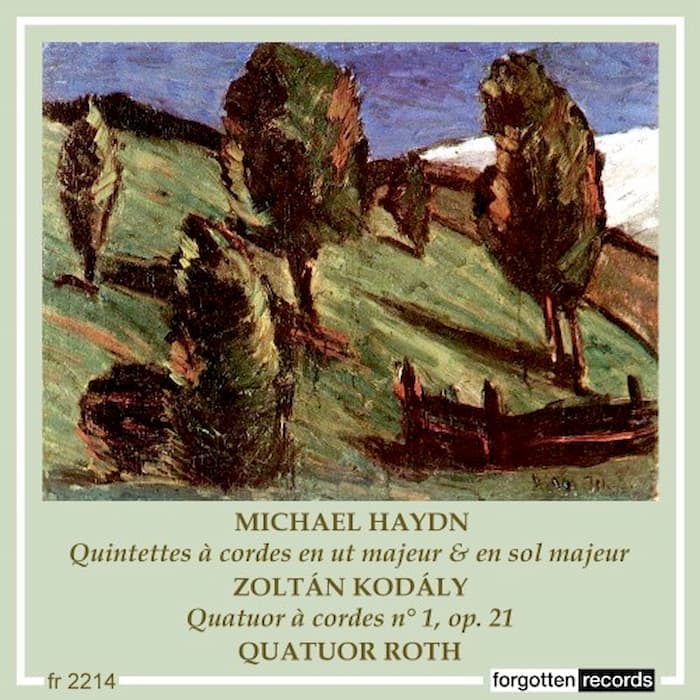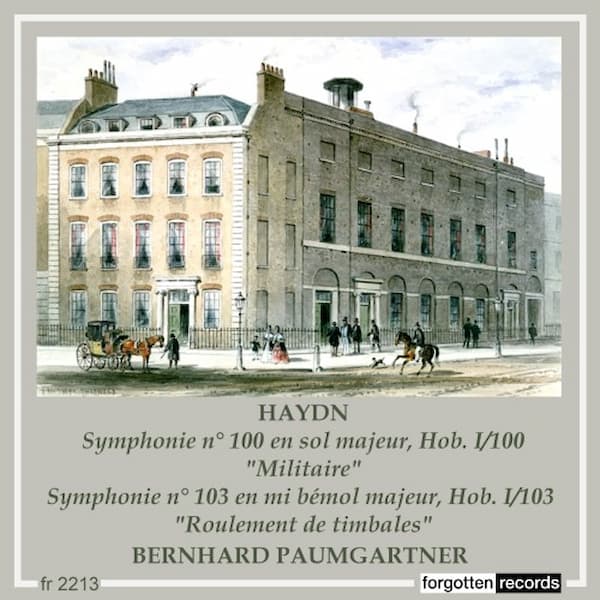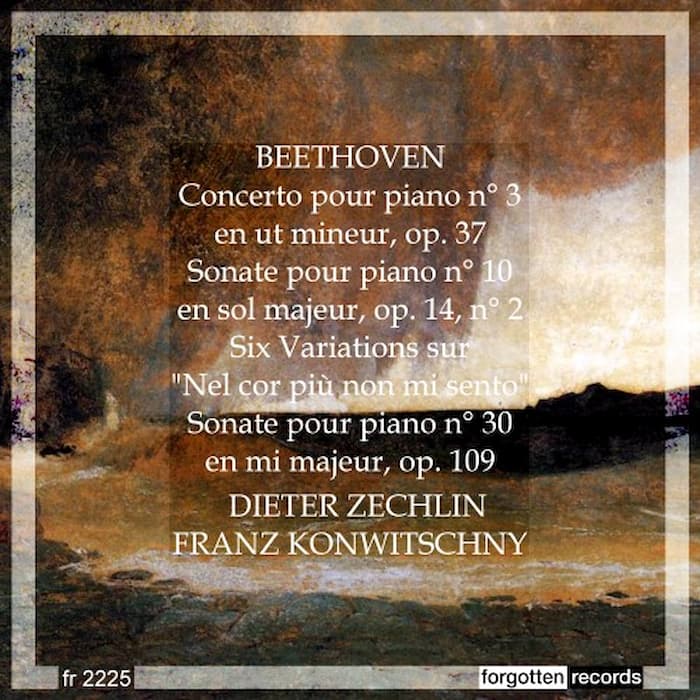Gold from the New World flooded Spain in the 16th century, and musical culture followed it. Charles V travelled with his capilla flamenca, his Flemish chapel that accompanied him around Spain and into his northern empire. Singers and composers of the Franco-Flemish school were the leading musicians in Europe, and the chapels of Spain and Italy sought them out. Spain also produced some outstanding musicians who learned from the Flemish composers who came south.
The blind Spanish musician Antonio de Cabezón (1510–1566) started working for the royal court as organist to Empress Isabella of Portugal in 1526 at the court of Charles V.
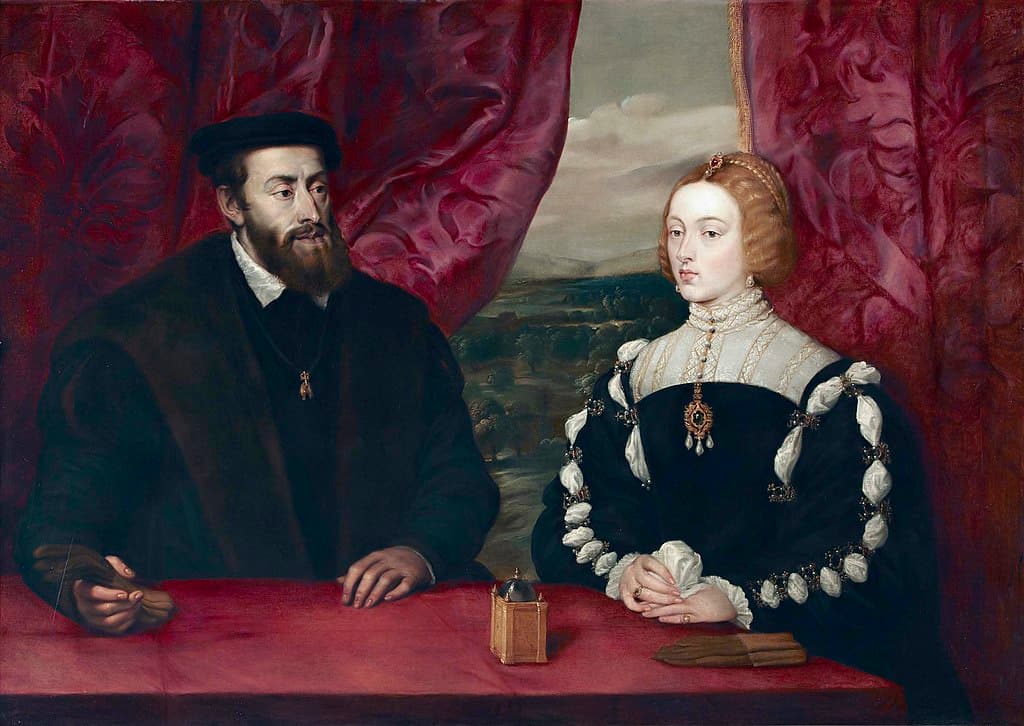
Peter Paul Rubens (after Titian): Emperor Charles V and Empress Isabella (Museo Carlos de Amberes)
At Isabella’s death in 1539, he started working for Isabella’s son, Philip. Made King of Spain in 1556, Philip II took Cabezón with him to Italy, The Netherlands, and England. In England, Cabezón played for the wedding ceremony of Philip II to Mary Tudor (Queen Mary I) at Winchester. While in England, Cabezón may have been able to meet Thomas Tallis and William Byrd.
Cabezón’s repertoire as a composer included keyboard fantasies (tientos), arrangements of Spanish tunes, chansons, and madrigals for keyboard (glosadas), and variation sets (diferencias). As you look through his works, you’ll see his use of Flemish composers’ music, such as the Tiento sobre El Cum Sancto Spritio, de Beata Vergine de Iusquin (Josquin), and works based on music by Verdelot, Clemens non Papa, Gombert, and others.
Cabezón’s output, with the exception of one song and some sacred music, was completely for the organ. Modern performers use his work as the basis for transcriptions for harpsichord and various instrumental ensembles.
Little of his music was published in his lifetime, probably reflecting his royal employment, and it was only after his death that his son Hernando published the Obras de música para tecla, arpa y vihuela (Madrid: Franciso Sanchez, 1570).
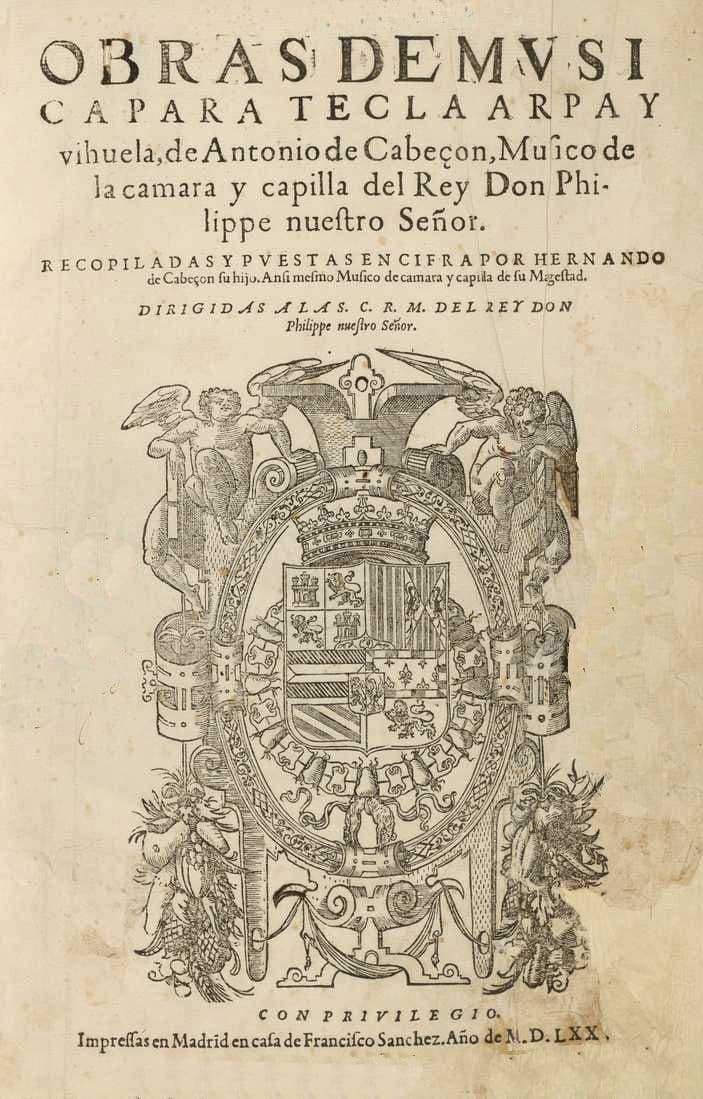
Obras de música para tecla, arpa y vihuela (Madrid, 1578)
The Diferencias sobre el Canto llano del Caballero starts first in the top voice and then in all parts. After the melody on which the piece is based, the cantus firmus, moves to the tenor, it then moves to the alto and bass together in octaves. Above this, the descant and tenor join in dialogue. The melody (Song of the Knight) comes from folk music and shows the common Spanish practice of taking a basic melody and elaborating on its themes.

The first page of the music from the Obras, f. 189r (National Library of Spain)
The work has 5 variations, which were the leading examples of variation sets for their time. It is thought that his diferencias were influential on the music of Tallis and Byrd. As the listener is assumed to know the melody, there is no first stated theme. The music launches directly into the first variation.
Antonio de Cabezón: Diferencias sobre el Canto llano del Caballero
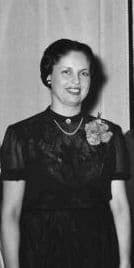
Sylvie Spycket, 1953
This recording was made in 1940 in Paris with Sylvie Spycket on the clavecin. French keyboardist Sylvie Spycket (1919–1960) studied at the Paris Conservatoire with Norbert Dufourcq and established a significant career recording keyboard music of the 16th and 17th centuries. She was the founder of the Sylvie-Spycket Ensemble, which was dedicated to early music. Her mother, Gilberte Wiener Spycket, was a talented pianist, singer, and artist and was Sylvie’s first teacher. She then took lessons with Annette Dieudonné, a former student and good friend of Natalie Boulanger. Her brother, the tenor Jérôme Spycket, took the name Jérôme Piersault so as not to encroach on his sister’s career. His first recordings in 1959 were with her ensemble.
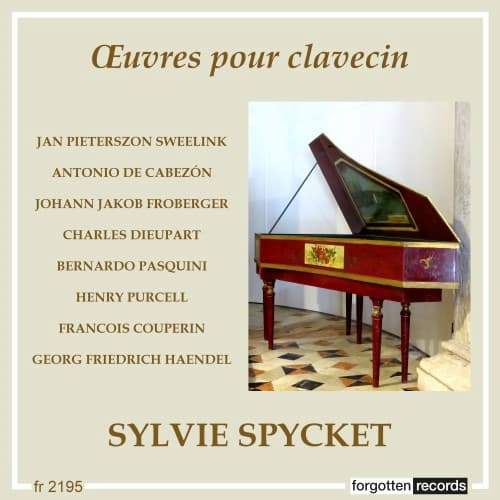
Performed by
Sylvie Spycket
Recorded in 1960
Official Website
For more of the best in classical music, sign up for our E-Newsletter

